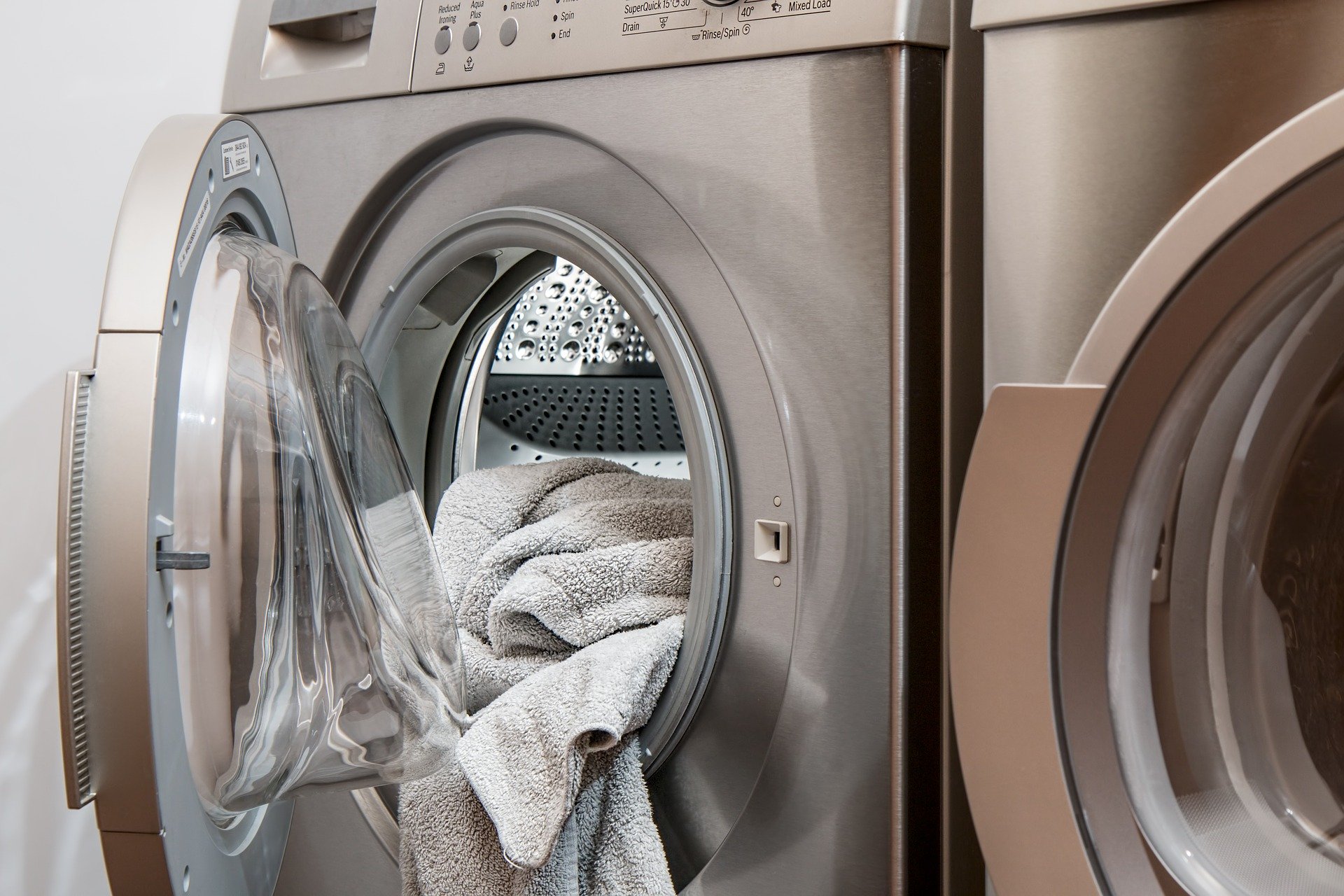
An average household wastes 900 litres of water every day, which means more than 300,000 litres of water is wasted annually by one household. Chores account for most of this wasted water for a family of four, and 20,000 litres of which is wasted in doing the laundry and loading washing machines. As our world’s freshwater reserves continue to decrease every day, one way to help conserve precious, clean drinking water is by tapping into a renewable resource readily available to us—rainwater.
Collected as is with no further purification, rainwater may be unsafe to drink. Physical debris such as sand and microorganisms are the main threats to rainwater’s safety. Used as a greywater source, however, rainwater could save households thousands of dollars in water costs and thousands of litres of treated municipal water that would otherwise be fit for drinking. Households could benefit from using rainwater for their chores, none more so than doing the laundry. In this post, let’s take a look at how using rainwater helps you in doing your chores, especially the laundry.
How can rainwater help in doing the laundry?
Water from drilled wells are well-known for its high mineral content, containing calcium and magnesium, among other minerals. Though this doesn’t affect the potability of hard water (possibly even safe to drink), this does make washing clothes with soaps especially difficult. The calcium and magnesium ions in hard water react with the soap and create whitish or greyish scum. This insoluble scum minimises the lathering action in soaps and forms deposits in clothes that would leave them to appear grey in colour, which, in turn, requires more soap to wash the clothes.
With rainwater, the opposite happens. Did you know that rainwater is naturally soft water? In fact, rainwater fluctuates between 5.6 and below in the pH scale, which makes it acidic. As rainwater has very few calcium or magnesium ions, which contribute to its softness, the compounds in soaps cannot react to the reduced or absent calcium or magnesium ions in soft water, combining to become an effective and efficient cleaner of clothes.
However, the pH level of rainwater is still heavily dependent on a region’s environment. In urban settings where the presence of greenhouses gases is high, the collected rainwater may be lower than 5.6. In coastal areas, the rainwater main contains trace amounts of sodium chloride (salt). This means with rainwater, you will have to check the materials with which your piping and rainwater storage tank are made. Make sure to build your rainwater harvesting system with materials that will not corrode over time due to the acidity of rainwater in your area.
Choosing the right rainwater tank for your needs
Slimline rainwater tanks and under deck tanks are popular in smaller homes as they can be attached to the side of the home or installed under the deck or in the basement and immediately beneath the conveyance system—i.e., the roof gutters and the piping connected to your rainwater tank. From the tank itself, you could attach a bulkhead fitting, manifold and a hose for your outdoor household chores. For properties with more surface area, plastic tanks or stainless steel tanks are ideal. These tanks could hold as little as 300 litres and as much as 30,000 litres of rainwater, depending on your area and your housing.
Most homesteads and larger properties may opt for concrete tanks when they may need a huge volume of water to retain everyday operability or independence from municipal water. Keep in mind, however, the minerals that make up concrete may, in turn, affect the hardness of rainwater, even to the point of eventually changing it into hard water.
Household chores consume the most water in most households, but some may not be aware of this fact. With rainwater tanks, you can store rainwater so you have your own water supply that you could use around your house and get past droughts and water interruptions.



Leave A Comment